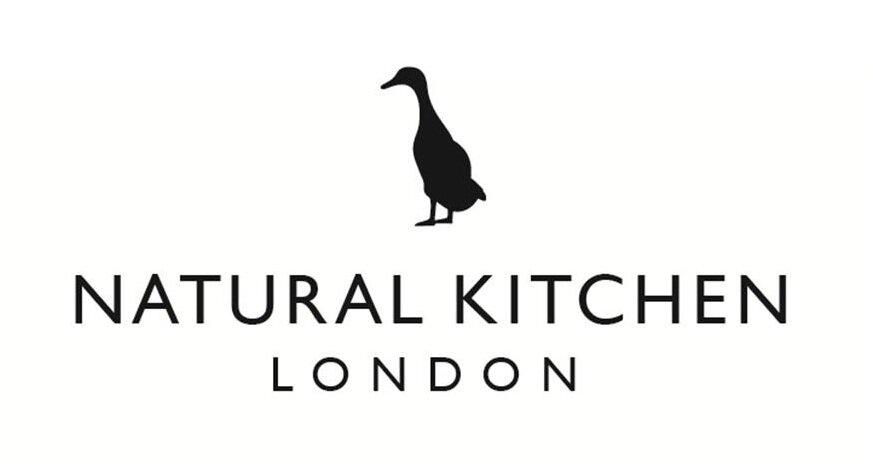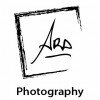WENDY NELSON
Posted In artists
WENDY NELSON
Lives and works in United Kingdom
Biography
Born in London 1947. Moved to Norfolk when she was eleven. Granted a place at Norwich School of Art at sixteen. Pregnancy prevented her from finishing her art education. She returned to London and married the painter Doug Binder in 1966 and shortly after the birth of their daughter started making dolls for Habitat and Liberty, London. By 1969 Macy’s, New York had expressed an interest in importing them but no longer able to cope with the lack of a regular income she took a fast track teaching degree in art and design at Middlesex Polytechnic: school hours would allow her to combine work with childcare at home. She began teaching in 1974. Her first marriage ended in 1976. Her second daughter – with interior designer Jon Dover – was born in 1979 and she returned to teaching in the 1980s. In the 1990s one of her husband’s clients offered her a job as a stylist for a group of restaurant chains which kept her employed until an artist friend, who saw the big papier mache pots she had made for a new Mexican restaurant, persuaded her to make some artwork for a group show. During the 2000s she began winding down working as a stylist to concentrate on full time artwork. 2012: Long listed for The Threadneedle Prize; Short listed for the WW
Gallery Award and winner of the public award; Long listed for The National Open Art Competition; Short listed for The East West Art Award; short listed for Passion For Freedom.
Artist Statement
A masculine pinstripe suit is laden with messages for Wendy Nelson. She references three in Old Adam Triad: wealth in the form of a banker, legitimacy in the form of a priest, and power in the form of a warrior. Three strands she believes have underpinned the formation and control of society since the dawn of civilization, and the reason she chose ancient Japanese dogu as a visual influence for the formalised comic/creepy torsos. The roles they personify are emphatically male, and largely remain so in spite of inroads made by women in the west over recent decades although not, significantly, all that far into the Catholic Church. Media exposure of the rapacious greed and recklessness of the banking system before the collapse of 2008; of the ancient weapon of rape still prevalent in contemporary warfare, and unending evidence of the terrible price generations of children have paid for the warped doctrine of ancelibate priesthood persuade her they are also particularly testosterone charged roles. She adds that the profoundly inferior role assigned to women in Catholicism – and almost without exception all other religions – convinces her they are manmade belief systems entirely at odds with true democracy and gender equality. In her view the two are inseparable. Although she confesses a needle is a tiny tool to prick the institutions and individuals that subjugate women so savagely in some parts of the world, and with such subtlety in others, she takes grim satisfaction in using the essentially female skill of needlecraft to attempt it in Old Adam Triad.






